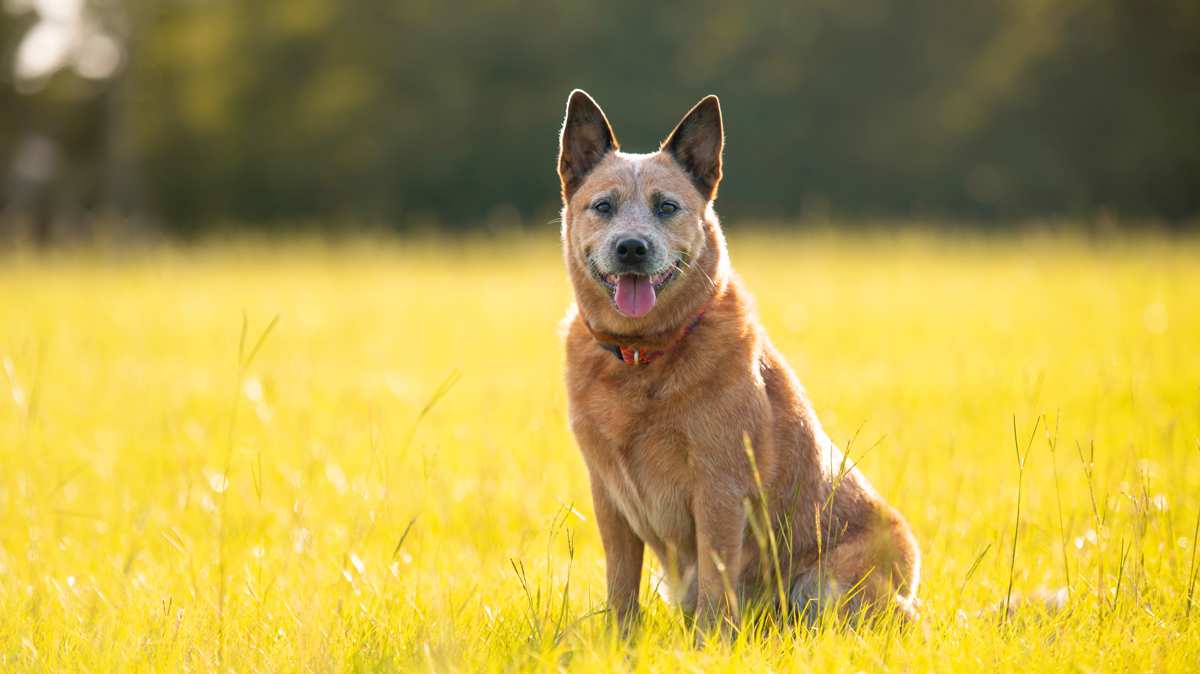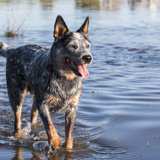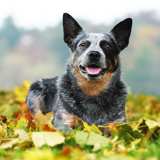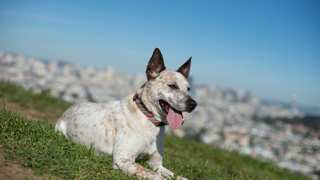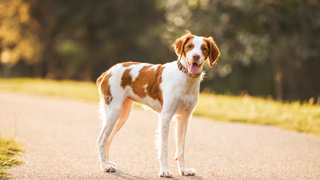The Australian Cattle Dog is a hardy little canine whose easy-care, short-haired, highly resistant coat nevertheless needs proper and regular grooming. The frequency isn't much, however, and unless he's really squirrelly in the outback or deep woods, once a week or so is fine. Still, you'll want to show your love, and getting the best brush for Blue Heeler is sure to help that work. You'll want a short-bristled, not-too-hard brush that gets the burrs and bugs out but won't scratch or otherwise harm the skin beneath the hair.
The undercoat requires more than a mere comb or brush, as it must be kept free of dead hair, mats, and tangles that can collect and occur beneath the out coat of guard hairs. This means that if there is just one brush that you can get, it should be a "rake" that gets down to pull out that dead hair without causing injury to the skin — which can cause serious problems. The FURminator Slicker Brush is well-known for being perhaps the single brush for those on a budget, as it rakes, combs, and de-sheds.
Still, you should have an assortment of brushes (and combs) to make sure the coat is completely cared for. While it can be an alternative for budget-conscious Aussie Cattle Dog owners who prefer something other than a FURminator, the Fuzzy Whiskers Glove does much of what it does and has the added feature of helping to bond you and your Heeler.
When it comes to brushing, you should consider these things to get the job done with as little fuss as possible:
- Set up a day and basic time every week to 10 days
- A quiet place and time is recommended
- Have a bag or bin to collect dead hair and debris
- Have all your tools laid out on a towel
- Perhaps have some quiet, calm music playing
- Don't rush the brushing
